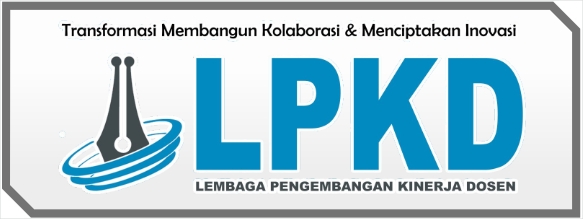Implementation Of Community Based Forest Management For Conservation Partners In Conservation Of Dangku Wildlife Sanctuary Forest
DOI:
https://doi.org/10.55606/icesst.v2i2.366Keywords:
Community-Based Forest Management, Conservation, Use of Wildlife Refuge ForestsAbstract
Forests are the body organ of the earth, where a variety of flora, fauna, mineral resources, and other wealth can be taken from forests that are indispensable to human life. However, the use of forest resources massively destroys forests and consequently alters their functioning. The forest area in Indonesia is 125,797.052 ha with the implementation of deforestation until. December 2021, which is 90.233.159 ha with a total number of decrees of forestation of 2.157 SK. There has been a significant increase in the extent of forestation in the period of the last 10 years to a total of 72% of the total area of Indonesian forest area, while the results of the forest monitoring of Indonesia in 2022 show that the total forested land area of the entire mainland of Indonesia is 96,0 million hectares, or 51.2% of the total land area. From the case that the parties have a chance to misuse or even de-function the land. The situation adds to the author's enthusiasm and interest in identifying any kinds of exploitation and development of Dangku Marga Asylum Forest related to community cohesion, as well as identifying how the implementation of Community Based Forest Management (CBFM) will maintain the sustainability of Dungku Margasatwa Forest. The research was carried out in the area of the Dangku Wildlife Asylum Forest in the Keluang district in Dawas Village, the Tungkal Jaya district, and Tungkal District in Sido Mulyo Village. The study was conducted using a qualitative descriptive approach to describe the conditions to be observed in the field in a more specific, transparent, and in-depth manner. The results of the study indicated that the implementation of community-based forest management in the Dangku Wildlife Refuge Area was categorised as “fairly effective” by identifying some unoptimal assessment indicators.
References
Asmin, F., Darusman, D., Ichwandi, I., & Suharjito, D. (2019). Mainstreaming community- based forest management in West Sumatra: Social forestry arguments, support, and implementation. Forest and Society, 3(1), 77-96
De Royer, S., Van Noordwijk, M., & Roshetko, J. M. (2018). Does community-based forest management in Indonesia devolve social justice or social costs?. International Forestry Review, 20(2), 167-180
Entjang, Inda, 1991, Ilmu Kesehatan Masyarakat. Bandung: PT. Citra Aditya Bakti
Imelda, I. (2022). Strategi Pengembangan Aneka Usaha Kehutanan Pada Gapoktan Hutan Kemsayarakatan Tandung Billa Di Kecamatan Wara Barat Kota Palopo= The Strategy Of Development Of The Various Efforts Of Forestry At The Association Of Community Forest Tandung Billa In West Wara District Palopo City (Doctoral dissertation, Universitas Hasanuddin).
Sugiyono. 2011. Metode Penelitian Kuantitatif, Kualitatif dan R&D. Afabeta. Bandung
Suharto, E. (2005). Kebijakan Sosial. Jakarta.
Tejokusumo, B. 2014, Dinamika Masyarakat Sebagai Sumber Belajar Ilmu Pengetahuan Sosial, Jurnal Geoedukasi Volume III No.1: 38-43.
Downloads
Published
How to Cite
Issue
Section
License
Copyright (c) 2024 The International Conference on Education, Social Sciences and Technology (ICESST)

This work is licensed under a Creative Commons Attribution-ShareAlike 4.0 International License.















